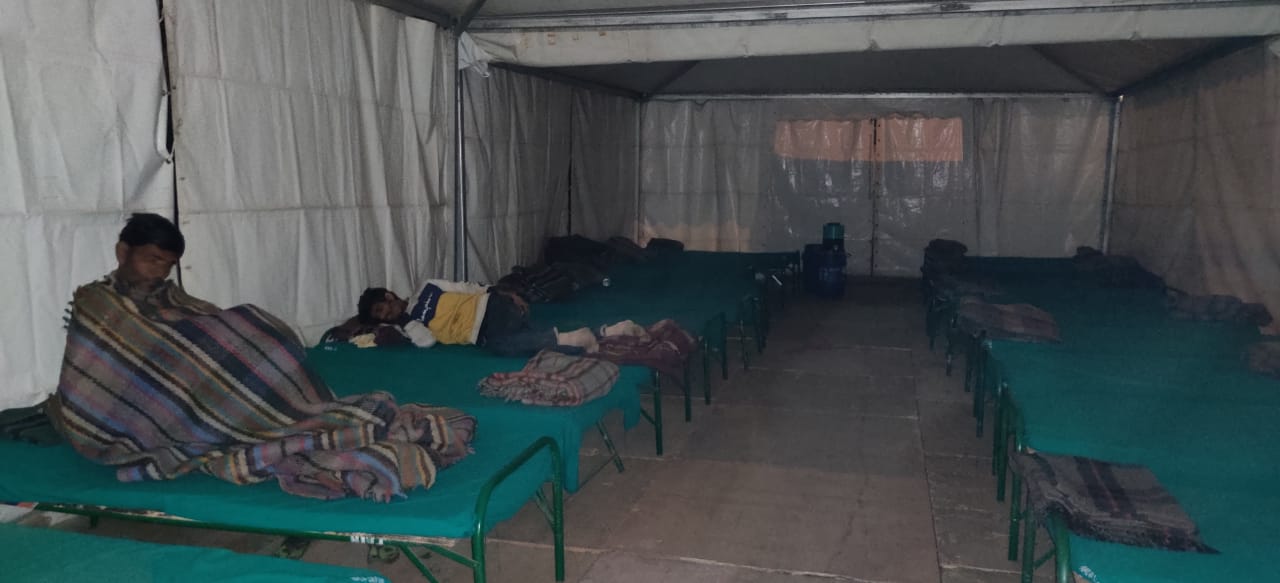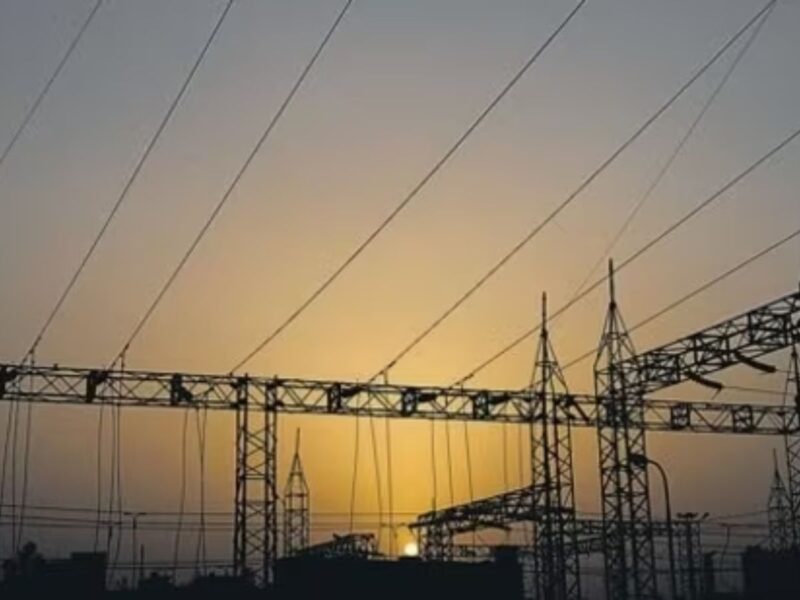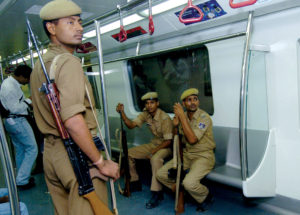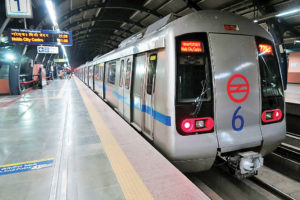With temperatures starting to dip, the Delhi government’s drive to shelter the homeless during the cold winter months has begun
The Delhi government has established 250 temporary homes with the help of NGOs across the city to shelter the homeless during the winter months. These temporary homes have been built in addition to the 206 permanent shelters built under the Urban Shelter Improvement Board.
Abhishek, who is in his fourth year of working with the NGO Homeless Empowerment Trust, says the temporary shelter at Delhi Gate comes to the rescue of migrant labourers unable to afford a roof over their head. “To get shelter, a migrant will have to provide us with their id and address proof, but even if it’s not available, if we think it’s an emergency then we take them in”, he says.
When we visited the temporary shelter, around 7 in the evening it had a couple of beds occupied in the 40-bed shelter. Mostly, people start coming from 8 pm in the evening, especially migrants who seek shelter after the end of their daily wage work. For the others, who do not make it, but need help there are vans deployed in the city, covering it every night from 10pm to 5 am, looking for people in need.
“There are some who are homeless but are okay with staying out in the street. They have their corner and don’t want to leave; we don’t pressure them. But if there are people who want to come and those who need our help, like if they have a cold or fever, we pick them up. A lot of times those who take shelter here are drug addicts and alcoholics, who may have just fallen over by the side of the road, we pick them up and get medical attention if need be”, says Abhishek.
The three-month programme which will be ongoing till March 15, will see shelters like these open for 24 hours by the side of roads.
While the government’s winter action plan to curb pollution did not go so well, their plan to protect the homeless – who are most vulnerable to the elements outside – will hopefully be a success.

The India Meteorological department (IMD) predicts a normal winter this season in Delhi. But Delhi’s normal is also cold waves. IMD’s annual report of 2020 noted that cold wave conditions prevailed during the first fortnight (1-13 February) of the month over parts of Haryana, Chandigarh & Delhi and Punjab.
In early 2021, Kuldeep Srivastava, the head of the IMD’s regional forecasting centre in Delhi had said that “The number of cold wave days in January this year was the maximum since 2008, when 12 such days were recorded”. IMD had noted that in January Delhi recorded seven days of cold wave.
The National Disaster Management Authority in its webinar on Cold Wave Risk Reduction 2020-21, had noted that Delhi was able to take care of its homeless in the city as December approaches. The Delhi government operated 221 winter shelters that accommodated nearly 10,000 people.
It had also seen Bipin Rai, Member of Delhi Urban Shelter Improvement Board, speak about the vulnerability of urban poor and migratory labourers, who are homeless, to cold waves. In that, the subgroups of old age, children, and drug addicts were especially vulnerable to cold wave spells, he noted.
As per census of India of 2011, and the responses provided in the Lok Sabha in the budget session this year, Delhi had back then a total of 47,076 homeless. Now, Housing and Land Rights Network – an organisation which works on the research, education, and advocacy related to housing and land rights – says that Delhi has 150,000 – 200,000 homeless.
The Delhi government on its part started its rehabilitation initiative for the winter to protect homeless people, on December 3. Delhi cabinet minister Satyender Jain had said they would provide all types of necessary amenities – from lodging to food – to those living in its night shelters.
The permanent shelters provide meals while the temporary ones put up through an agreement with NGOs to serve tea and biscuits in the morning. The meals service should begin by December 15 according to Abhishek. Provisions of toilets too are missing here at the moment.
Right now, what they can provide is a tarp roof and a bed with blankets. Once the temperatures drop further, coal will be burnt for more heat.





